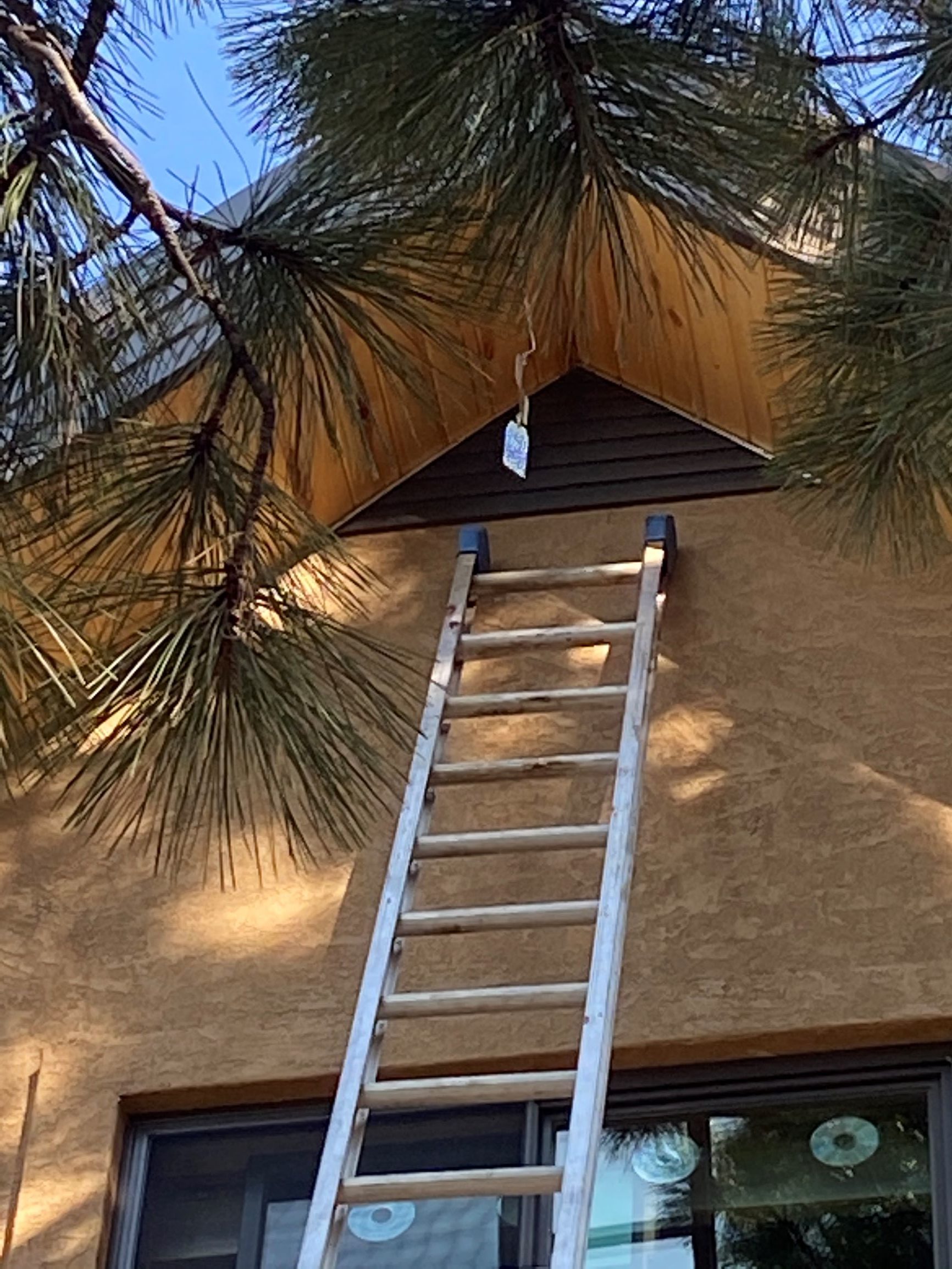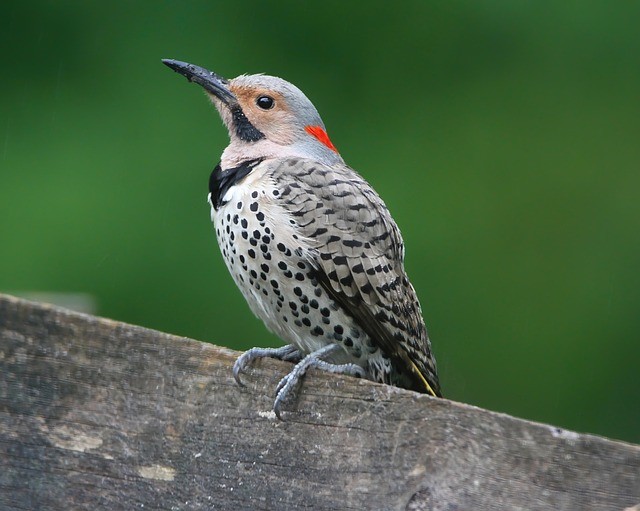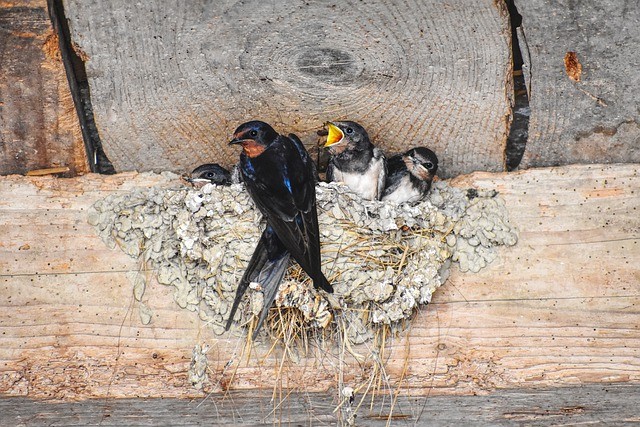In most cases, birds and humans can coexist with little to no conflict. However, there are circumstances where birds become a nuisance, and even a potential hazard, when trying to take up residence in human-made structures.
Like any other animal that moves into your crawl space, attic, or barn loft, nuisance birds are just trying to meet their basic needs – food, water, and shelter. That being said, it is always healthier for the animal to resume living in its natural habitat.
Risks Posed by Resident Birds
Birds commonly build nests in eaves, roof-lines, behind siding, or on the sides of homes and place of business. They may also find shelter in attics, barns, or warehouses. And, on some occasions, birds may even build nests in attic or dryer vents, drain pipes, chimneys and other undesirable locations that could lead to clogged drains or pose fire risks.
Some species, such as the Northern flicker, make themselves a nuisance by pecking holes in the side of your home. Or, they may drum on your metal roof as a way to announce their presence and attract a potential mate.
Nesting habits aside, birds, bird droppings and nesting materials can also pose a significant health risk. They can carry any of 60 transmittable diseases, as well as ectoparasites (fleas, lice, and ticks). Some ectoparasites may even move into your home once the birds have left their nests.
In addition, bird droppings are highly acidic. Thus, prolonged accumulation on machinery, equipment, or structures can cause extensive and costly damage.
Finally, when it comes to places of business or production, birds can contaminate food and damage other products when nesting or roosting in or on structures. If such an issue went unaddressed, it would be in violation of health codes and could lead to liability issues.

Bird Control and Deterrents
Certain situations may call for the physical removal of nuisance birds. In many circumstances, however, installing a bird control system, or bird deterrent, can put an end to the issue.
There are numerous bird control products on the market. However, the most effective for roosting and nesting birds are those that physically prevent them from landing. Preventative solutions also do not cause harm.
The Intimidator is one of the products we have found effective. It deters flickers and other avian species from trying to nest or drum on homes and other structures. It uses motion and bright flashing to scare away birds from areas they are not wanted. This product can also help birds by preventing window strikes.
Other deterrents include:
- Fright devices that keep birds away with bright reflections and movement.
- Audible predator sounds – such as a red-tailed hawk call.
- Electrical strips to place on your roof. These provide a mild shock that prevents birds from landing, but does not harm them.
- Or nets, which are highly effective at preventing birds from nesting inside barns and warehouses.
Native Vs. Non-native Species
As with other native species, birds help maintain a balance in the ecosystem through sustaining population levels of their prey and predators. Many birds are also essential for their role as pollinators and seed dispersers. Without them, plant reproduction would suffer.
For this reason, it is important to note that species native to Colorado and native migratory species are protected by state and federal regulations. Any management of a protected bird population must be non-lethal.
There are a few common problem species in Southwest Colorado that do fall under this category. Namely Northern flickers, cliff swallows, and barn swallows.
On the other hand, there are common non-native species that are unprotected because they out-compete local species for resources. These include European starlings, house sparrows, and pigeons.
To learn more about both the native and non-native birds, check out our bird control page under the header “Common Problem Birds in Southwest Colorado“.
Professional Bird Control in Southwest Colorado
In closing, managing nuisance birds is a process that should be taken seriously for your health and well-being, as well as that of the bird. When humane solutions are at all possible, those are the actions that need to be taken in order to protect important avian species.
If you have any questions or need assistance with a bird issue, do not hesitate to reach out to the professionals at San Juan Wildlife Services. Our team would be happy discuss your control and exclusion options.


